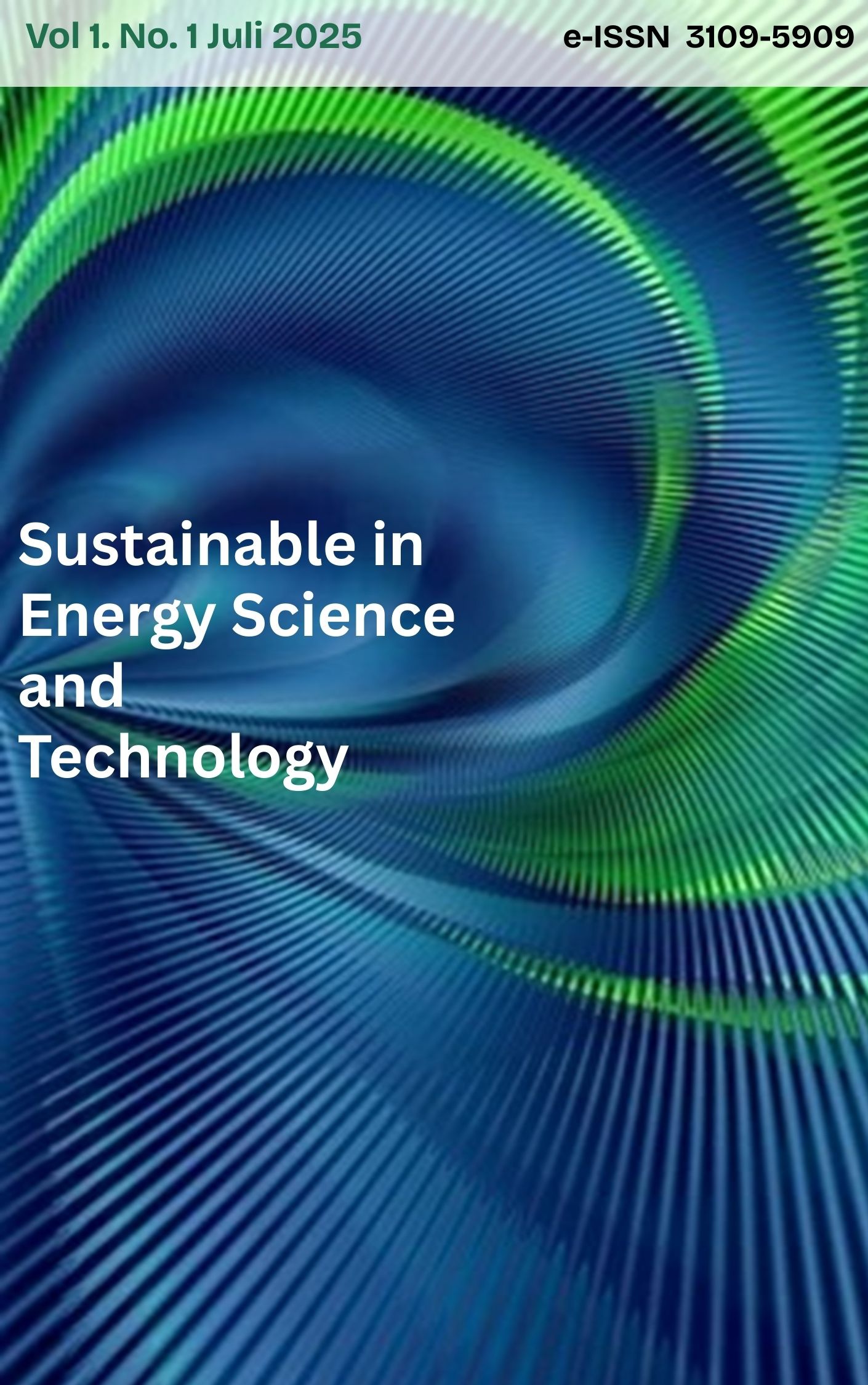Second-Generation Bioethanol Production Using Hydrolytic Treatment of Durian Seed
DOI:
https://doi.org/10.51510/siest.v1i1.2573Keywords:
Bioethanol, Durian seed, Microwave-assisted alkaline hydrolysis, Optimization, Response surface methodologyAbstract
Second-generation bioethanol produced from non-edible feedstocks and agricultural waste is a promising alternative to fossil fuels. In this study, durian (Durio zibethinus) seeds – an abundant fruit waste in Indonesia (over 1.14 million tons of durian fruit produced in 2018) – were utilized as a starch-rich feedstock for bioethanol. A microwave-assisted alkaline hydrolysis method was applied and optimized to release fermentable sugars for subsequent bioethanol production. A Box–Behnken experimental design was used to examine the effects of four parameters: NaOH concentration (0.5–1.0 M), durian seed loading (2–4 g/100 mL), microwave irradiation time (2–4 min), and microwave power (200–400 W). Reducing sugar yield (glucose equivalent) was quantified by the dinitrosalicylic acid (DNS) method. The maximum reducing sugar concentration achieved was 2.256 g/L, corresponding to a theoretical ethanol yield of approximately 1.305 g/L. The optimum condition was observed at 4 g durian seed loading, 1 M NaOH, 400 W microwave power, and 4 min irradiation. Regression analysis indicated that microwave power and time had the most significant positive effects on sugar yield, while substrate loading had a moderate effect and alkali concentration the least. These results demonstrate the viability of durian seed waste as a feedstock for bioethanol and provide an optimized set of hydrolysis conditions. However, due to experimental constraints, fermentation of the hydrolysate was not performed; instead, theoretical ethanol yield was calculated. Future work should integrate an actual fermentation step to confirm ethanol production.



